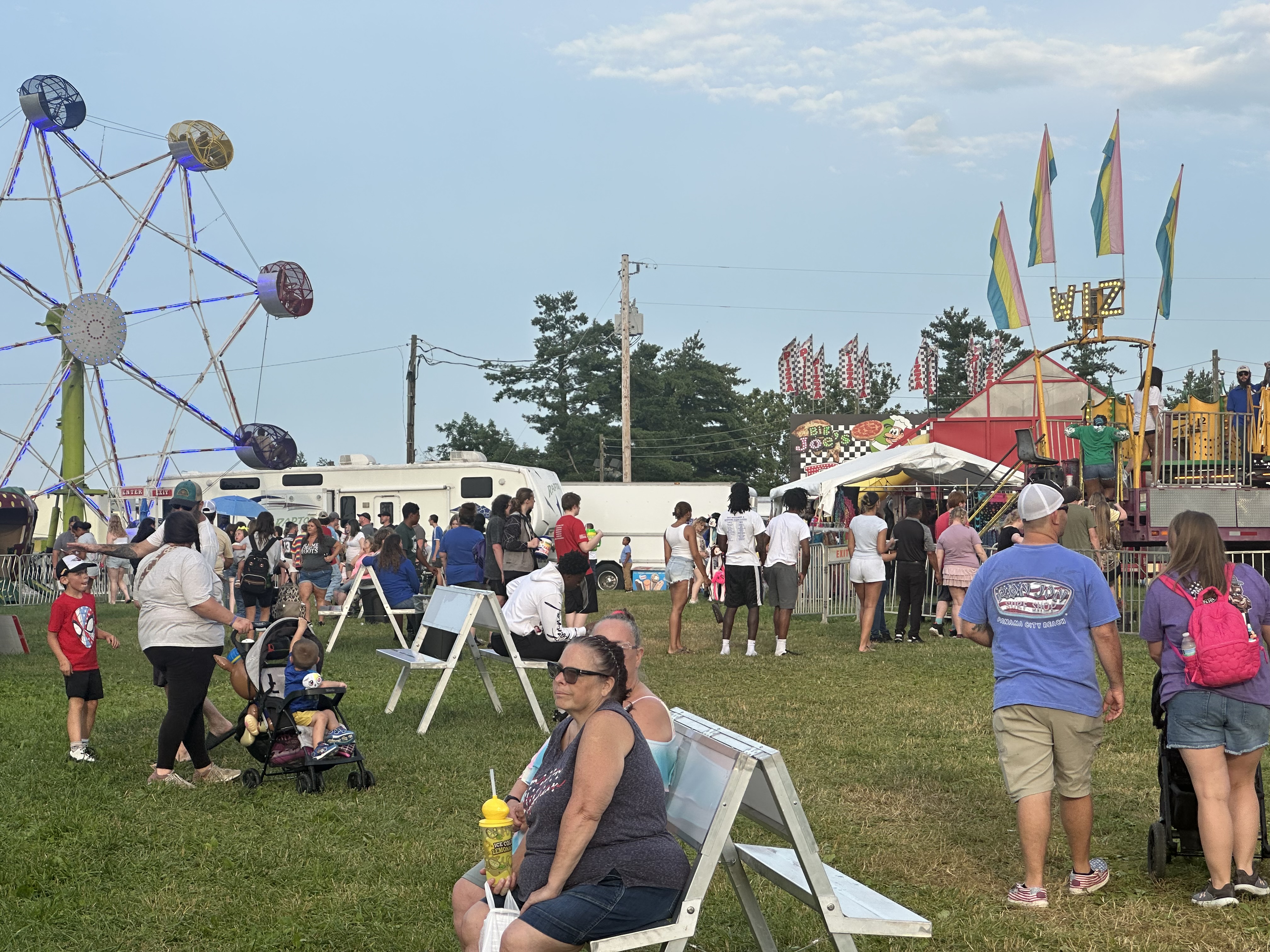MIND & BODY: Tips for home pool safety
Published 9:19 am Friday, July 17, 2020
|
Getting your Trinity Audio player ready...
|
Between 2013 and 2015, 58 percent of drownings among children age 4 and younger took place in a pool or spa at their own home.
Most children drowned when they wandered out of the house and fell into a swimming pool that was not fenced off from the house. They slipped out a door, climbed out a window or even crawled through a doggy door to access the pool.
Twenty-seven percent of drownings among children age 4 and younger took place at the home of a friend, relative or neighbor.
The American Academy of Pediatrics (AAP) recommends several ways parents can help keep children safe around home swimming pools and hot tubs, all year long, in your own backyard, your neighbor’s or on vacation.
Here are some recommendations for home pool safety
Pool fencing:
— Four feet, four sides. The pool fence should be at least four-feet high and completely surround the pool, separating it from the house and the rest of the yard.
— Climb-proof. The fence shouldn’t have any footholds, handholds or objects such as lawn furniture or play equipment that children could use to climb over the fence. Chain-link fences are very easy to climb and are not recommended as pool fences. (If they are used, make sure openings are 1-3/4 inches or smaller in size).
— Slat space. To ensure a small child can’t squeeze through the fence, make sure vertical slats have no more than four inches of space between them. This will help keep small pets safe, too.
— Latch height. The fence should have a self-closing and self-latching gate that only opens out, away from the pool area. The latch should be out of a child’s reach at least 54 inches from the ground.
— Gate locked, toy-free. When the pool is not in use, make sure the gate is locked. Keep toys out of the pool area when it is not in use. Toys in the pool can tempt children to get in the pool.
Other safety options:
— Pool alarms. Children can drown within seconds, with barely a splash. Swimming pool alarms can detect waves on the water’s surface and sound off to attract attention when someone has fallen into the pool.
— Consider alarms on the pool fence gate and house doors. Door and gate alarms can be equipped with touchpads to let adults pass through without setting them off. House doors should be locked if a child could get to the pool through them.
— Window guards. These can be especially helpful for windows on the house that face the pool.
— Assign a water watcher. His or her job is to watch all children swimming or playing in or near water — such as on a backyard swing set — even if they know how to swim. This person should:
— not be under the influence of drugs or alcohol
— put down his or her cell phone
— avoid other activities
— supervise even if there are lifeguards
— switch off with another adult for breaks
— Life jackets. Put your child in a properly fitted US Coast Guard-approved life jacket. when around or near water, such as when visiting a home with a pool.
— Swim lessons. The AAP recommends swim lessons as a layer of protection against drowning that can begin for many children starting at age 1.
— CPR training: Parents, caregivers and pool owners should know CPR.
— Check the water first. If a child is missing, look for him or her in the pool or spa first. This is especially important if your child is prone to wandering.
Clark County Health Department provides programs for the entire family, including WIC, HANDS, family planning, well-child care/immunizations, smoking cessation and home health care. For more information,, call 859-744-4482 or visit www.clarkhealthdept.org. You can also “like” on Facebook at www.facebook.com/pages/Clark-County-Health-Department.






